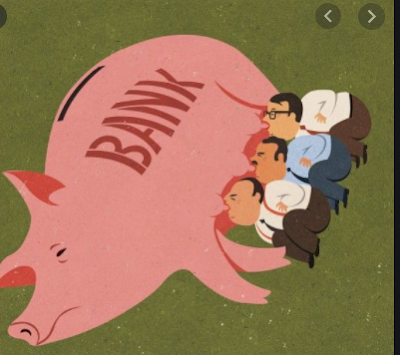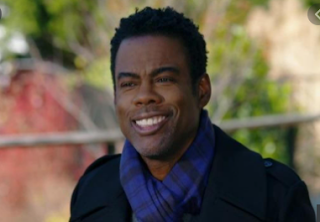- Satire is the use of humor, irony, exaggeration, or ridicule to expose and criticize people's stupidity or vices, particularly in the context of contemporary politics and other topical issues.
- Satire is synonymous with mockery,derision, scorn and caricature; however, there are nuances* among these; so be aware.
- *a subtle difference in or shade of meaning, expression, or sound
- Satire may be written (literature), graphic (political / social cartoons) and performances.
- What unifies all these forms is their purpose: constructive criticism, so as to affect change.
- What are some of the techniques used within the above media? Take your time to read and watch the following.
- At the close of the reading, you should be able to define the following: parody, burlesque, exaggeration, juxtaposition, analogy, comparison, and double entendre,
- 1. parody-a piece of writing, music, etc., that imitates the style of someone or something else in an amusing way
- Literary parody example: Well, at least there’s one decidedly delicious thing to have come out of the 50 Shades of Grey phenomenon. Quite literally delicious: this week sees the release of 50 Shades of Chicken: A Parody in a Cookbook, which details the sordid adventures of a young, inexperienced chicken as she gets her breasts and thighs handled by a chef — while serving up some excellent recipes for roasting chicken as well.
- 2. burlesque-a play, story, novel, etc., that makes a serious subject seem funny or ridiculous; a metaphor in which the figurative comparison is exceptionally comic, grotesque, or exaggerated.
It was typically broad and low; with a strong emphasis on Slap Stick and sexual
innuendo. The lead comedian was known as the "top banana"; and many well-known comedians started in Burlesque — such as Bob Hope, Red Skelton, and Milton Berle — before crossing over into movies, radio, or the fledgling television industry. One of the most famous classic Burlesque comedy routines is Abbott and Costello's Who's on First?. This one is essential for cultural knowledge; take a peek:
Abbott and Costello (baseball)
cigarette smoking
3. exaggeration- to think of or describe something as larger or greater than it really is - In poetry there a wonderful examples with Alexander Pope's The
- Rape of the Lock, which is a tells of an epic battle (like the fall of
- Troy) to procure a lock of hair or in Chaucer's Canterbury Tales,
- but there is also burlesque comedy, which began in the 19th century
- and made fun of high brows.
- 4 juxtaposition-the act of placing two things next to each other
- Your turn. 5 MINUTES Select one of the 4 satirical juxtapostions below and in the chat privately to me or Ms. Sweet or Ms. Zingaro, briefly explain the juxtapostion. Participation grade
- Number 1

- Number 3
- Number 4
- 5. analogy- that if two or more things agree with one another in some respects they will probably agree in others (these are false syllogisms)
- 6. comparison-the act of looking at things to see how they are similar or different
- 7. double entendre- ambiguity of meaning arising from language that lends itself to more than one interpretation
- 1. "Marriage is a fine institution, but I'm not ready for an institution"
- 2. "A man is incomplete until he is married. Then he is finished."
- 3. "Whenever I feel blue, I start breathing again."
- 4. Ted Walsh - Horse Racing Commentator - "This is really a lovely
- horse. I once rode her mother."
Thank you


























